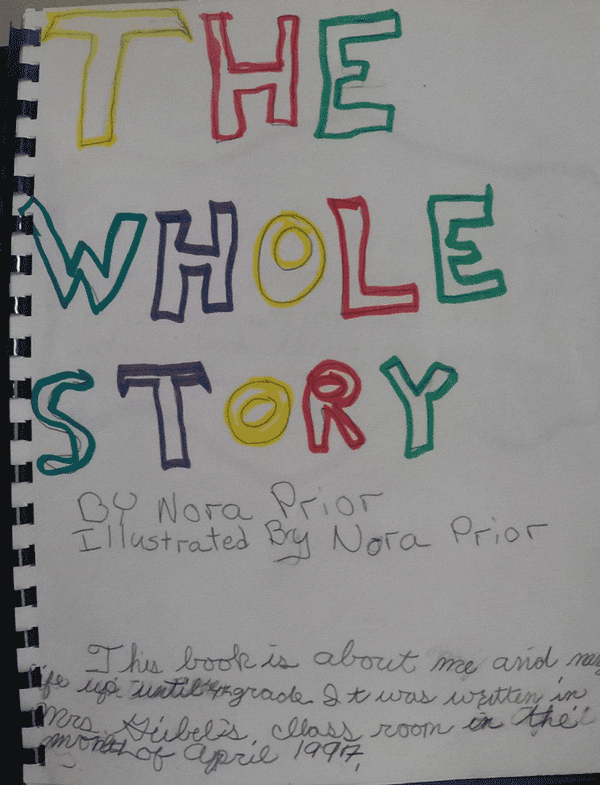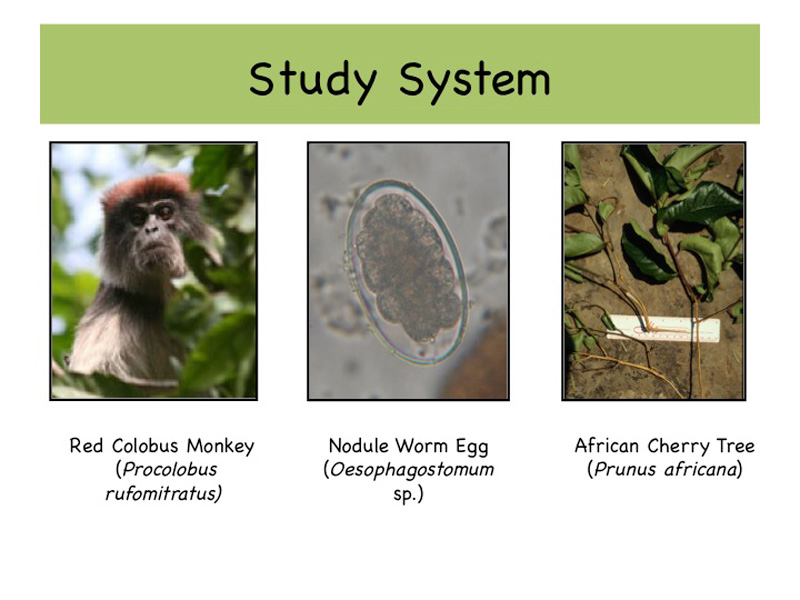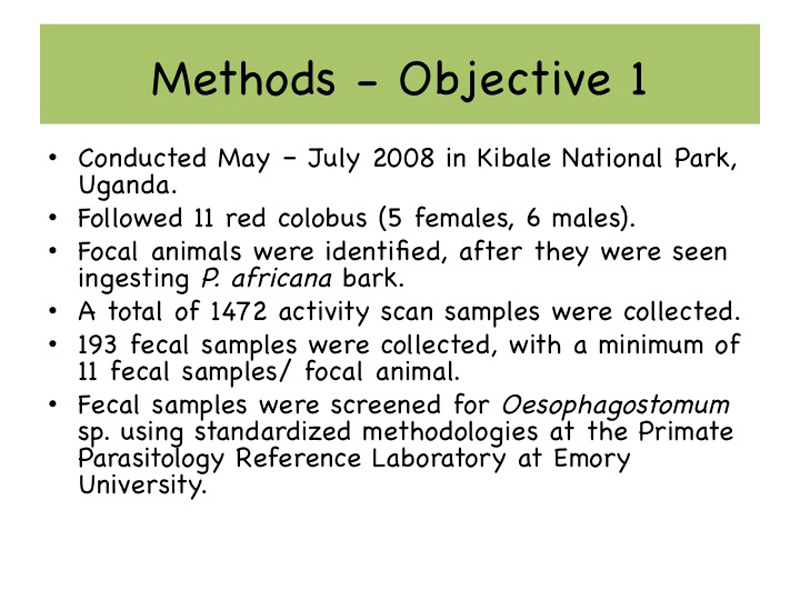Trajectories of Semiotic Becoming
To trace trajectories of semiotics becoming, I move here from moments in Nora’s early life in Champaign to her field work in Uganda and then to a video that Nora and Ben made to capture Nora’s sense of how these moments have added up so far in her becoming. A key focus on this page is how Nora has learned to write and represent her research, identity, and life experiences.
On a Sunday night in January of 1993, when Nora was 5 years old and in kindergarten, the family watched a US Public Broadcasting System episode of Nature, an educational program focusing on animals, plants, and ecosystems and a program that we as a family watched regularly (part of a broader, home-pedagogy orientation to programs focused on nature, history, music, etc.). In its eleventh season, that night's episode was "Cheetahs in the Land of Lions" (see the OCLC WorldCat listing). A synopsis on Nature's website (now deleted) described it:
Very few cheetah cubs in the Serengeti survive to become adult. The struggle of a female cheetah to keep her cubs alive is captured on film as two surviving cubs learn to hunt and to interact with other wild animals, including other cheetahs, on their journey to independence from their mother. This is a dramatic study of cheetah behavior set against the spectacular landscape of the Serengeti plains.
I recall Nora being enthralled with the cheetahs, with the mother's struggle to care for her cubs and the cheetah family's struggle to survive on the Serengeti. Toward the end of the program, the mother leaves one of the cubs to survive on its own. I recall Nora breaking down sobbing for some time and saying that when she grew up she would go to Africa and save the animals, especially the cheetahs. This moment remained a vivid memory and has become a repeated family story, along the lines of "Nora decided in kindergarten that she would go to Africa to study and help save the animals and she did."
In fourth grade (1996–1997), Nora's teacher had the students compile a series of writing (and drawing) assignments about themselves into a book: The Whole Story. Nora's cover page says: "This book is about me and my life up until 4th grade." The Whole Story displays Nora's sustained interest in animals and Africa. For example, page 5 seems to be in response to a prompt to write about where you would like to live. She says in part (not always with standard spelling): "I would like to live in Africa because I think that all the animals there are very cool (or hot). I really like the animals that live on the grasslands like the cheetahs, loins, heayna, leapords, and wild dog." That page does not stand out from others in Nora's story. A paragraph on page 22 begins: "A job I will have in 20 years is either a olmpic swimmer or I will study animals on the Africa savan."

In the summer after her junior year in Integrative Biology at the University of Illinois, Nora spent three months at Makerere Biological Field Station in Kibale National Park, Uganda. She had worked the previous year with Thomas Gillespie doing parasitology lab work. He wanted to follow-up on an observation from his dissertation that suggested male red colobus monkeys were eating the bark of African Cherry trees to self-medicate for Nodule Worm Egg parasites. The bark kills the parasites at particular stages of their development. Gillespie had observed males engaged in this behavior and was interested to see if females did as well. Nora went out each day with several field guides to collect the data, flew it back to Illinois, and analyzed it over Thanksgiving break at Gillespie's lab at Emory University (where he had relocated just before she left for Africa). Here are two slides from a talk Nora presented at the Association for Environmental Studies and Science conference in Portland, Oregon, in 2010.


Are these slides reporting Nora's field work in Uganda worlds apart from her repeated insistence in fourth grade that she would go to Africa to study and help animals? Are they entirely unconnected to her tears watching "Cheetahs in the Land of Lions" at age 5? To be clear, I am not suggesting that Nora was destined to be a biologist. As parents, we never set out to make her a biologist. However, we did set out to support her interests and to co-inquire with her about those interests. For example, Nora was, with our strong support, also intensely involved in musical study and performance from pre-school through high school and could have pursued performance as an undergraduate. In high school she also talked to her mom a lot about careers involved in environmental action, which might have led to law, politics, or public relations. She chose biology and pursued it in spite of challenges (e.g., it remains challenging to be successful as a woman in the sciences, including biology).
For this publication, Nora wrote the script for the video below. Nora and Ben chose the images from photos and videos they have taken as well as some images I sent them of Nora’s childhood notebooks and of a writing process drawing Nora made for the research. Ben produced and edited the video, where we also see their daughter interacting with one of Nora’s posters and a circle of toy animals.
In the video, Nora reflects on becoming a biologist, focusing in particular on the Animal Club she organized with her sister, Anna, and their neighborhood friend, Megan, around sixth grade. The club met periodically to study about animals and used club dues to buy food and supplies for cats and dogs at the local Humane Shelter. In the summer before eighth grade, Nora led the club into a research project, prompted by seeing cardinals in our backyard who were missing their top-knots and whose heads looked bald. With Julie's guidance, Nora set out to find if many birds in the area were missing top-knots and why this was happening.
From a trajectories-of-semiotic-becoming perspective, learning happens not in domains but across the trajectories of a life. It may turn out that music is important to becoming a biologist, that home is the primary site of academic work, that laboratories are teeming with social relationships, that rational stories of the progressive acquisition of knowledge need not apply.
